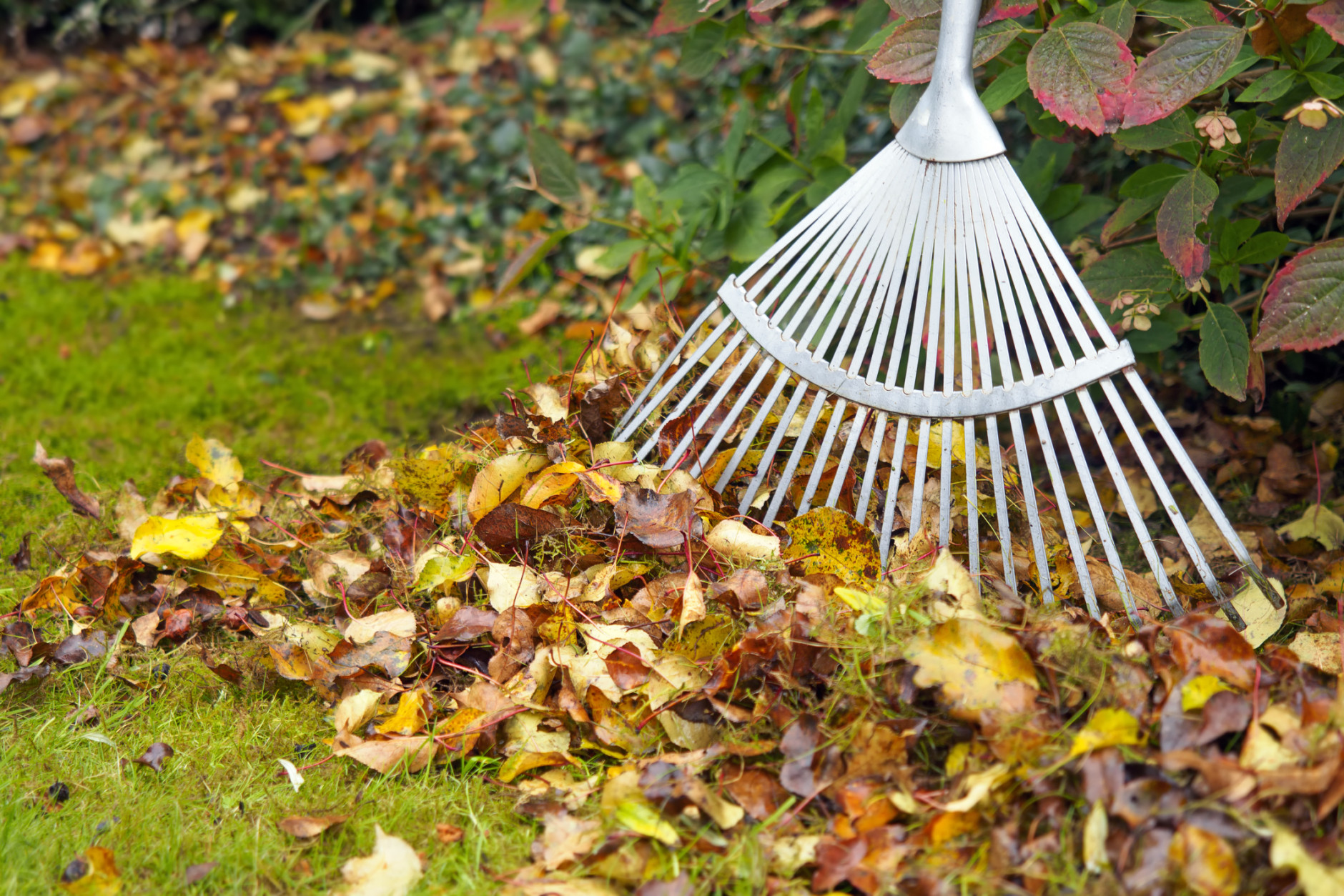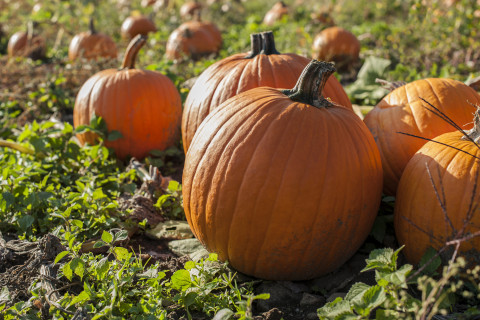Mild days and downright chilly nights are signaling the end of the summer season, and that means it’s time to start deflowering your plants.
Really.
Any new flowers that appear on such crops as tomatoes, peppers, eggplant, pumpkins and melons this late in the season won’t have nearly enough time to develop into usable fruits — especially with the daylight hours getting so much shorter.
So go out and carefully pinch off those new flowers to encourage the plants to devote all of their energy into ripening up their remaining fruits. And remove tiny new tomatoes and peppers on plants that typically produce big fruits when ripe. There just isn’t enough time left for them to ripen up either.
The big exception is cherry tomatoes. Those tasty little treasures ripen up fast! (And zucchini — but you probably ran out of friends to give them away to long ago. …)
It’s garlic-growing time
For many years, Columbus Day was felt to be the “lucky day” for planting garlic, but we have since learned that planting earlier — right around when the kids go back to school — means larger, more fully developed heads at harvest time in late June/early July.
So while tomatoes and peppers may be on the way out, it is prime time to get garlic in. And grow garlic you should: Garlic is one of the easiest crops to grow. Nothing tastes better than homegrown, and garlic grows during the offseason, when the garden space it occupies would otherwise go to waste.
So take a good look at your beds and pull out some underperforming or done-for-the-season plants to open up space. If the soil is heavy from all of our recent rains (OK, that’s not an “if”), mix in a big bag of perlite, a naturally occurring mined mineral that’s popped into cute little balls in big ovens. Perlite is exceptional at improving drainage.
Then get some high-quality planting garlic (see below), gently break the heads open and plant individual cloves about 6 inches deep and 6 inches apart. You’ll harvest full-sized heads from each planted clove by the Fourth of July.
The importance of high-quality hardnecks
Pay close attention to your source and be prepared to pay a little bit of a premium if you want to grow garlic with magnificent flavors and beautiful red and purple wrappers.
Most important: Don’t use supermarket garlic. Those soft-neck bulbs (commonly known as “white” or “California” garlic, which may have actually been grown in China) lack flavor, and they may have been treated with a sprouting inhibitor, such as Bud Nip.
Instead, use a dependable mail-order source like Burpee or The Seed Savers Exchange. Or even better: Travel to a couple of real farmers markets this weekend — the ones (often tagged “producer only”) that only feature honest locally grown produce — and pick up the biggest bulbs of hardneck garlic you can find.
Bonus: Because this garlic was locally grown, it’s already adapted to our unique climate and conditions.
Yes, it really is time to sow grass seed
Believe it or not, we’re getting close to the end of the perfect time of year to sow seed for a new cool-season lawn or to overseed a fescue lawn that’s showing some bare spots.
Spring sowing generally yields poor results because the soil is too cold for good germination. But our soils are currently the perfect temp for speedy germination, which practically insures a great-looking lawn. And young, newly emerged cool-season grasses grow best in the cool air of fall.
Same timing with improving an existing fescue lawn. Turf-type tall fescues are the ideal lawn grass for our region. They can handle lots of foot traffic, are slow-growing and don’t need nearly as much food and water as bluegrass. But all fescues — turf-type and the shade-loving fine fescues — are bunching grasses that can’t fill in bare spots on their own, and it’s absolutely normal for them to need some fresh seed spread every couple of years.
Just make sure it’s the same-named brand of seed you initially used, or the new grass may not match the old. If you don’t know what you got, dig up a sample square — roots and all — and take it to an independent garden center (not a big box store). They should have a turf-grass specialist who can help you make the best match.
‘I’m gonna punch some holes right into my lawn …’
Do you do everything correctly but your lawn is still struggling?
If you always cut at 3 inches with a freshly sharpened blade, return the clippings to the turf and only feed in the spring and fall but still have struggling sod, you probably need to rip some plugs out of that impervious surface.
One of the biggest problems with turf grass is poor drainage caused by the inevitable soil compaction that occurs after years of heavy use. The cure is core aeration. Rent a big machine (or, preferably, hire somebody with one to do the job) and pull lots of little plugs out of the lawn.
The remaining soil will gradually migrate inward and close up the holes, but the density of your dirt will be greatly lessened, allowing your lawn to drain better and get more air down to the roots.
Yes, roots have to breathe!
Mike McGrath was Editor-in-Chief of ORGANIC GARDENING magazine from 1990 through 1997. He has been the host of the nationally syndicated Public Radio show “You Bet Your Garden” since 1998 and Garden Editor for WTOP since 1999. Send him your garden or pest control questions at MikeMcG@PTD.net.







